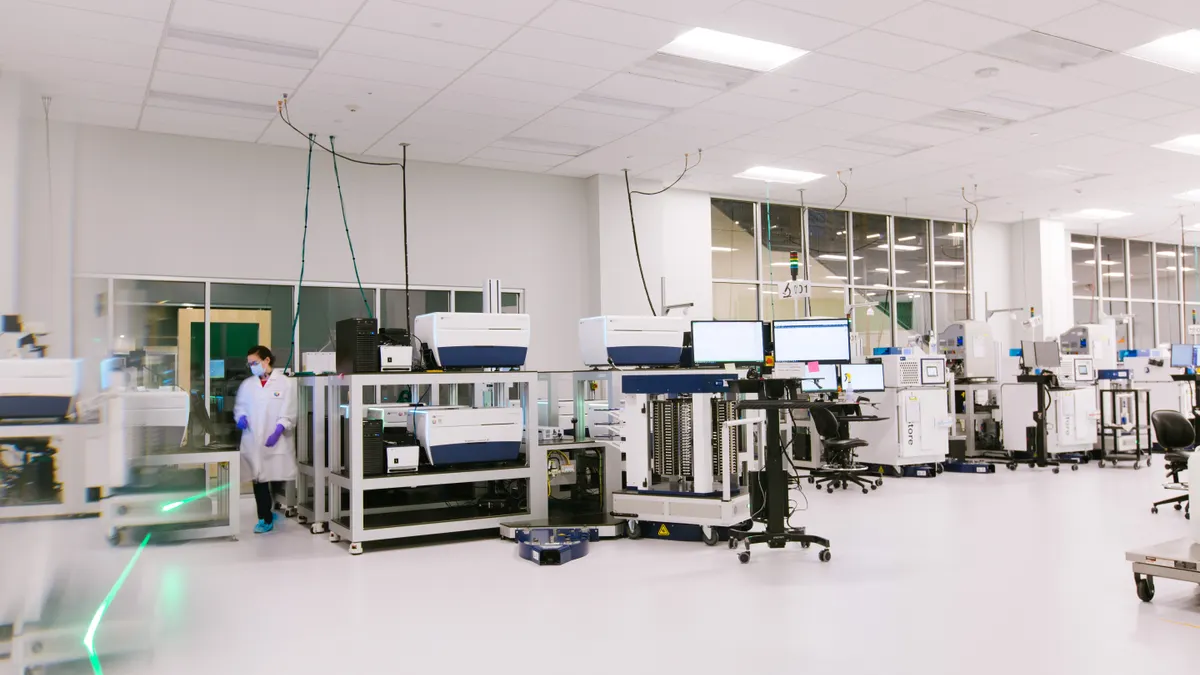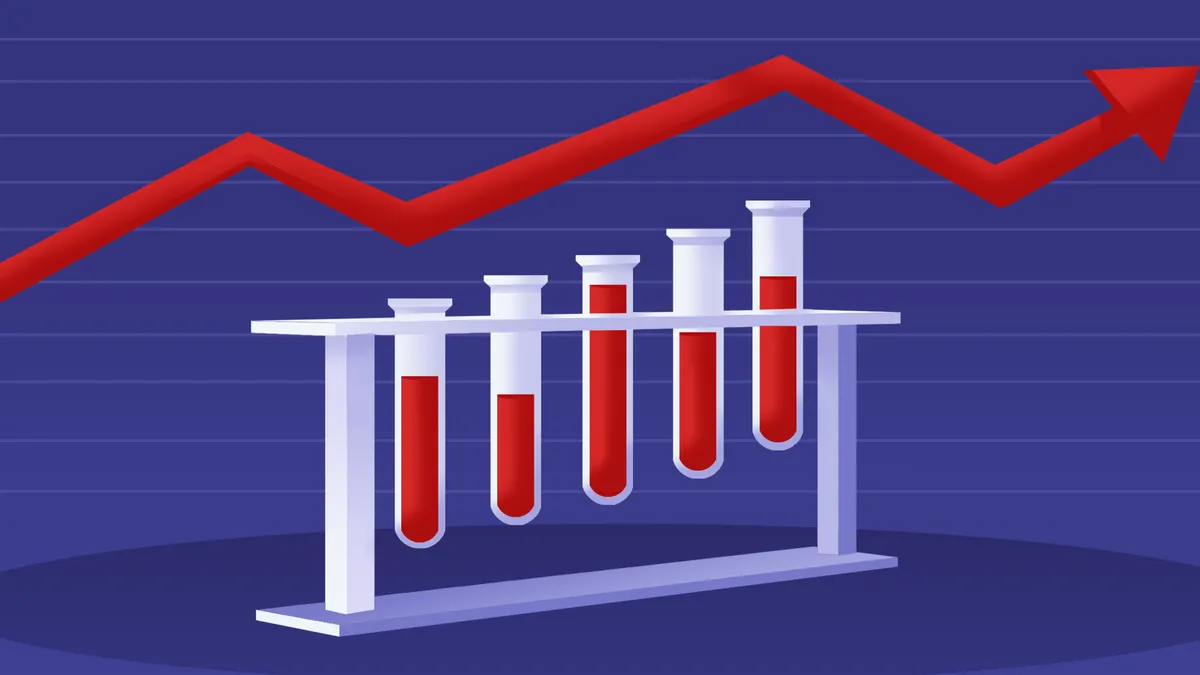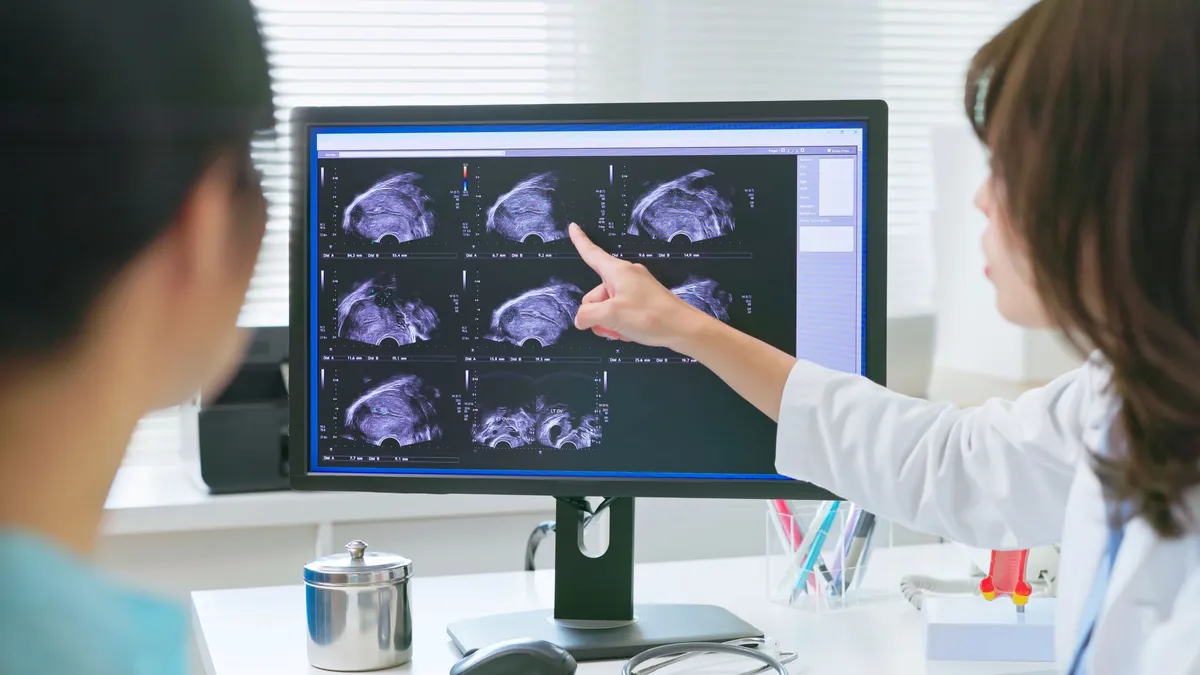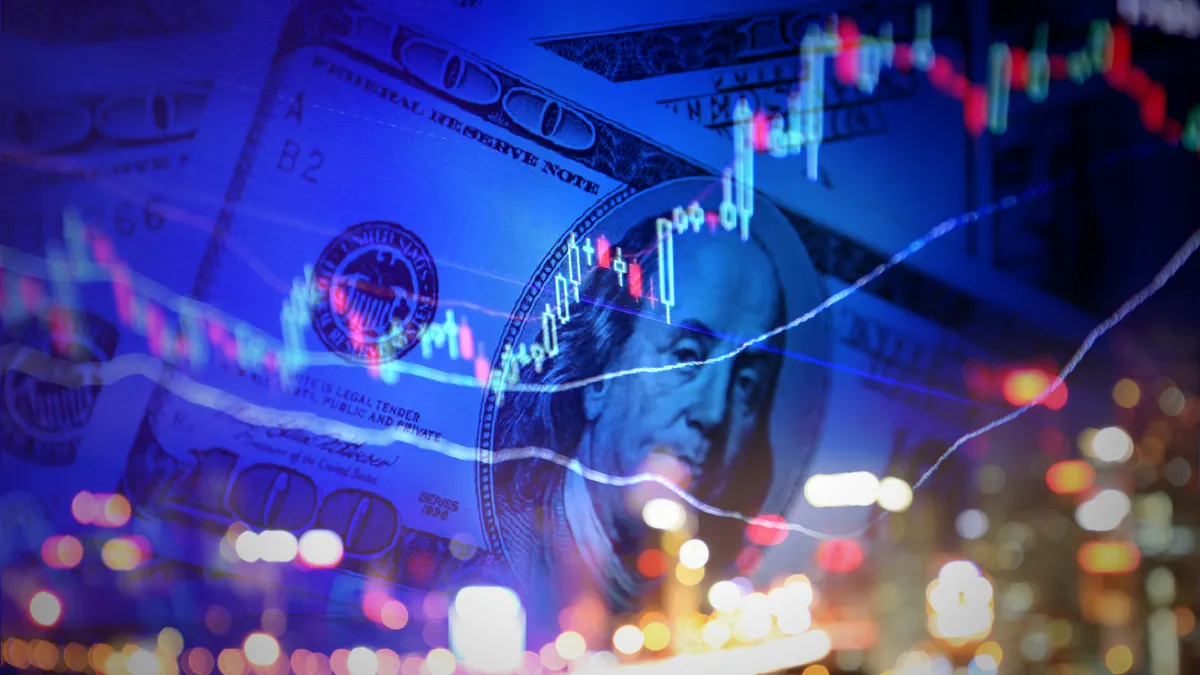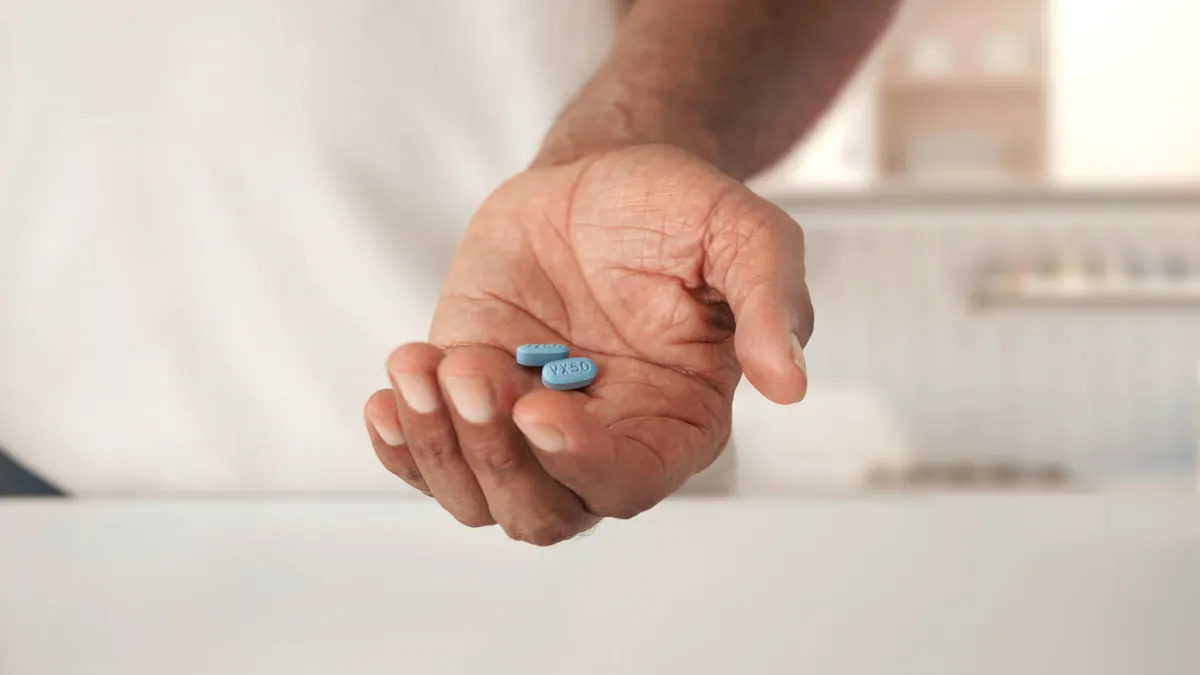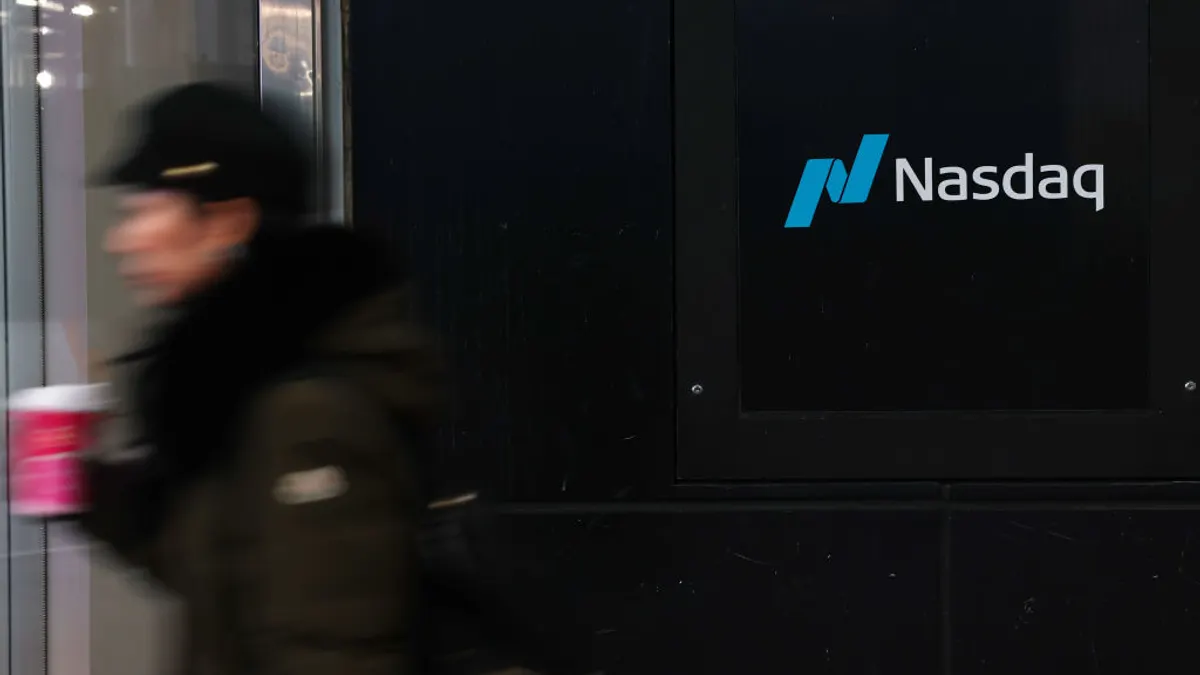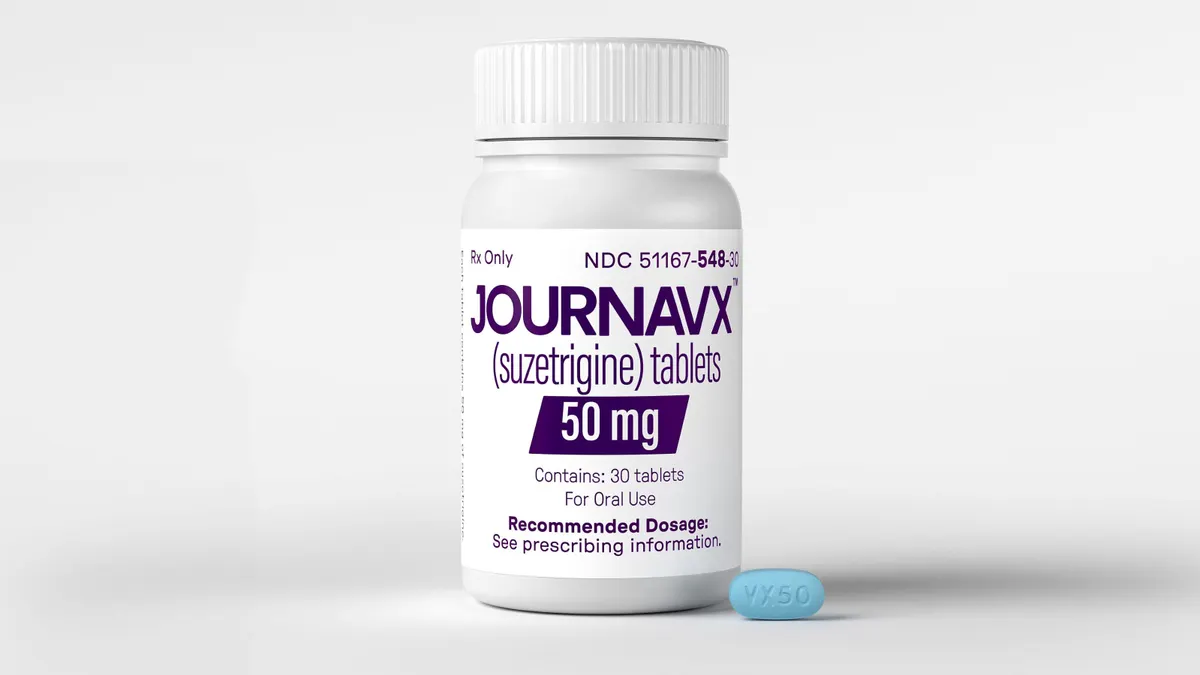Chris Gibson, the CEO of Recursion Pharmaceuticals, thinks the future of drug discovery lies within a ChatGPT-like interface.
At a J.P. Morgan Healthcare Conference reception co-hosted with Nvidia, the tech giant now making inroads with biotechnology investment, the Salt Lake City-based company set out to pitch biotechs small and large on its artificial intelligence software.
In a demonstration of a large language model-based program called LOWE, scientists at Recursion showed how the software can pull together information from animal models, commercially available compounds, and existing research papers on disease targets and molecules. Researchers can also use the software to order materials to start experiments.
LOWE and AI inventions like it are part of a broader bet that advanced computing can knock down some of the barriers that impede drug discovery and development. But there’s considerable skepticism about how much impact such tools will actually have, at least in the short term. Critics note how, even if AI helps identify a promising target or drug compound, the hard work of proving a medicine safe and effective in humans will remain.
That hasn’t stopped companies like Recursion and Nvidia from investing, though. Earlier in the week, Recursion announced it was continuing a partnership with Nvidia and licensing out its software to help drugmakers discover new targets.
Gibson sat down with reporters from BioPharma Dive, Axios and other publications to discuss how machine learning is helping biotechs today. His answers have been condensed and lightly edited for clarity.
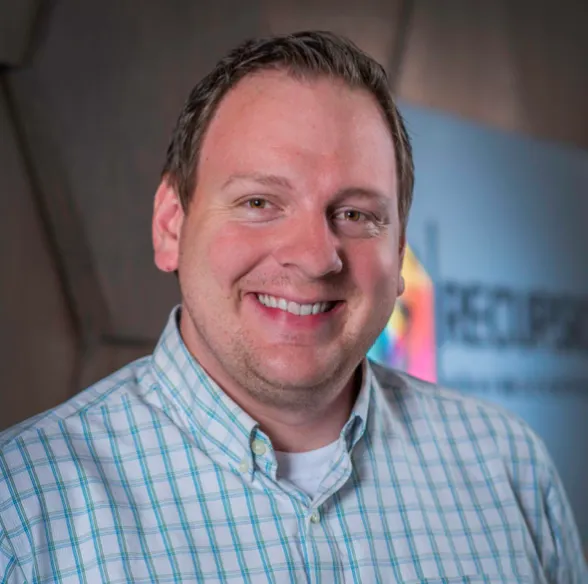
On navigating a biotech downturn:
CHRIS GIBSON: It's been a challenging capital markets environment for biotech generally. And the question is "over what timeline are you optimizing for?" We had really fantastic conversations with the board, with leadership. And we've decided, while being prudent stewards of our capital — our burn was pretty flat this year compared to last — that we cannot walk away from the big bets we want to make. That's why we did acquisitions this year.
You will see us continue to make bets. Ultimately, whether or not Recursion is successful, we're running an experiment that is going to give us or others behind us a lot of data about how one could take a swing at discovering and developing medicines better. But even if it's not us, it's the company behind us. It will absolutely be different in the next 10 years.
I won't name them, [but] CEOs and heads of R&D from many of the large pharma companies … are starting to make these investments. If you're not already on board with building in this space, in eight years you will look like the equivalent of what a large traditional auto company looks like [now].
On where AI will go in biotech:
GIBSON: The biggest question is how long it's going to take. There are going to be successes. There are going to be failures. People are going to make some predictions about the industry based on those early data points.
What has happened in all these other industries, from the chip industry to the automotive industry, will happen in our industry. The fact is ... it's more regulated. And it's a more complex system. It's a question of when and how we're going to bring patients, scientists and the rest of the industry together.
Pie-in-the-sky case is in five years almost every biopharma company is using machine learning and AI to the level we are. But if it doesn't happen in five, it's going to happen in 10 or 15.
On the price of AI-discovered drugs:
GIBSON: It makes failure cheap and easy at the early stage, so we can explore more broadly and every scientist can do five or 10 new programs a day.
It doesn't mean that they're all going to translate. In fact, 99% of them aren’t, but the failure’s happening like in the first six hours, weeks or months, as opposed to happening six years down the road in Phase 2 or 3. That could still happen — that's inevitable. The question is how can we reduce that failure rate over time. It seems this could help scientists explore more scale.
In 10 to 15 years, machine learning and AI will dramatically reduce the price of medicines. Today, the industry defends its extraordinarily high prices, because they fail 90% of the time in the clinic and they fail 90% of the time before the clinic. That is fair because it's a decade of investment.
What if it was three years and 50% success? All of a sudden, a patient population of 500 patients might justify that investment for pharmaceuticals, or you might be able to justify going after 10 diseases at once. If you have all those companies going after all those diseases and being successful, you will have more competition. You will still have a vibrant ecosystem of businesses, because what we're doing is eliminating some of the cost of failure and putting it earlier in the process.
On expanding machine learning to clinical trials
GIBSON: I believe very deeply we will do that. But I don't think it's because we're going to design a trial that's 10 times less expensive.
We're going to pick a target based on much broader systems biology data that on average, across hundreds of targets, will eventually have a higher probability of success. Now, we won't know for any individual target whether they’ll succeed or fail, so it will seem bimodal to people who want to put all that kind of focus on that first readout. But at the end of the day, if you were to go out to our first 10 readouts, and then our next 10, and then our next 100, and do this across all the companies in the space who are starting to use these tools, I think we will bring down the price.
We will still spend a lot of money on clinical trials, because it's a critical thing to do. I don't think we're going to simulate clinical trials for 20 years, but we're going to have synthetic control arms. There's already companies working on that; even large pharma have adopted that at scale. In areas like oncology, we're going to have much better tools, like our collaboration with Tempus, allowing us to actually use data from patients to help identify novel targets.
Our dream is to go back to the same patient, six or 12 months later, [whose] genetics helped us find a potential treatment, and try to enroll them in a study. You start to close that loop, that molecule is more likely to do well if you are treating the patient who also helped you find the medicine. This is the future: it's creating virtuous cycles of learning and iteration.



